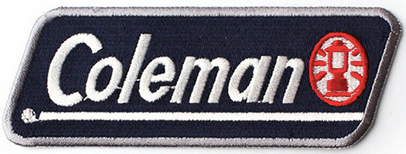David Stairs
Recently I was working on an article for a design periodical when I hit on the idea to compare an American brand icon to an African DIY counterpart. It was not a fair comparison.

The American product was the Coleman pressurized lantern, the “Sunshine of the Night.” Coleman introduced pressurized kerosene lanterns in 1914, and they and their small stove compatriots followed American servicemen into two World Wars.
Back home at middle-century Coleman lanterns became better known as standard outdoor illumination for generations of campers. These beautiful lamps, over 100 kerosene models and 20 propane models, are made of enameled steel with brass hardware. They are so durable that they are the subject of an International Collectors Club, the ICCC.

By comparison, the African DIY lantern was made from a recycled Nestle milk tin. The dome is made from tabbed sheet metal, with a wire handle attached. Sitting in for the Coleman cylindrical Pyrex hurricane globe are inch-wide strips of plate glass. Unlike the American device, the African lamp is not pressurized. Fuel from the reservoir is wicked to the flame by a piece of rope. This DIY-type of homegrown artifact is common in places where expensive imports are out of reach for most people.

Kerosene, or what many Africans call “paraffin,” is widely used on the continent. Unfortunately, it is also the cause of deadly home fires in many places.
According to a study conducted by the World Bank, it is estimated that in many developing nations, as much as 60% of the population relies on kerosene for lighting. Studies for kerosene heaters are more plentiful than for lighting, but those that do exist suggest that exposure to both microparticulates and carbon monoxide from kerosene lantern usage may exceed minimum healthy allowable levels. Coleman recommends that its lanterns only be used outdoors, so as to prevent a build-up of carbon monoxide.
Unfortunately, almost a third of the world’s population lives without reliable access to electricity, necessitating alternatives. Until we do finally develop affordable, sustainable ways to generate power for everyone, everywhere liquid fuel lighting will continue to be used.
Here in America, we have constant access to power, so there is absolutely no reason to risk using kerosene indoors. While you are enjoying your privileged estate in this world, you should also appreciate the beauty of our exceedingly great Coleman lanterns.
David Stairs is the founding editor of the Design-Altruism-Project.










